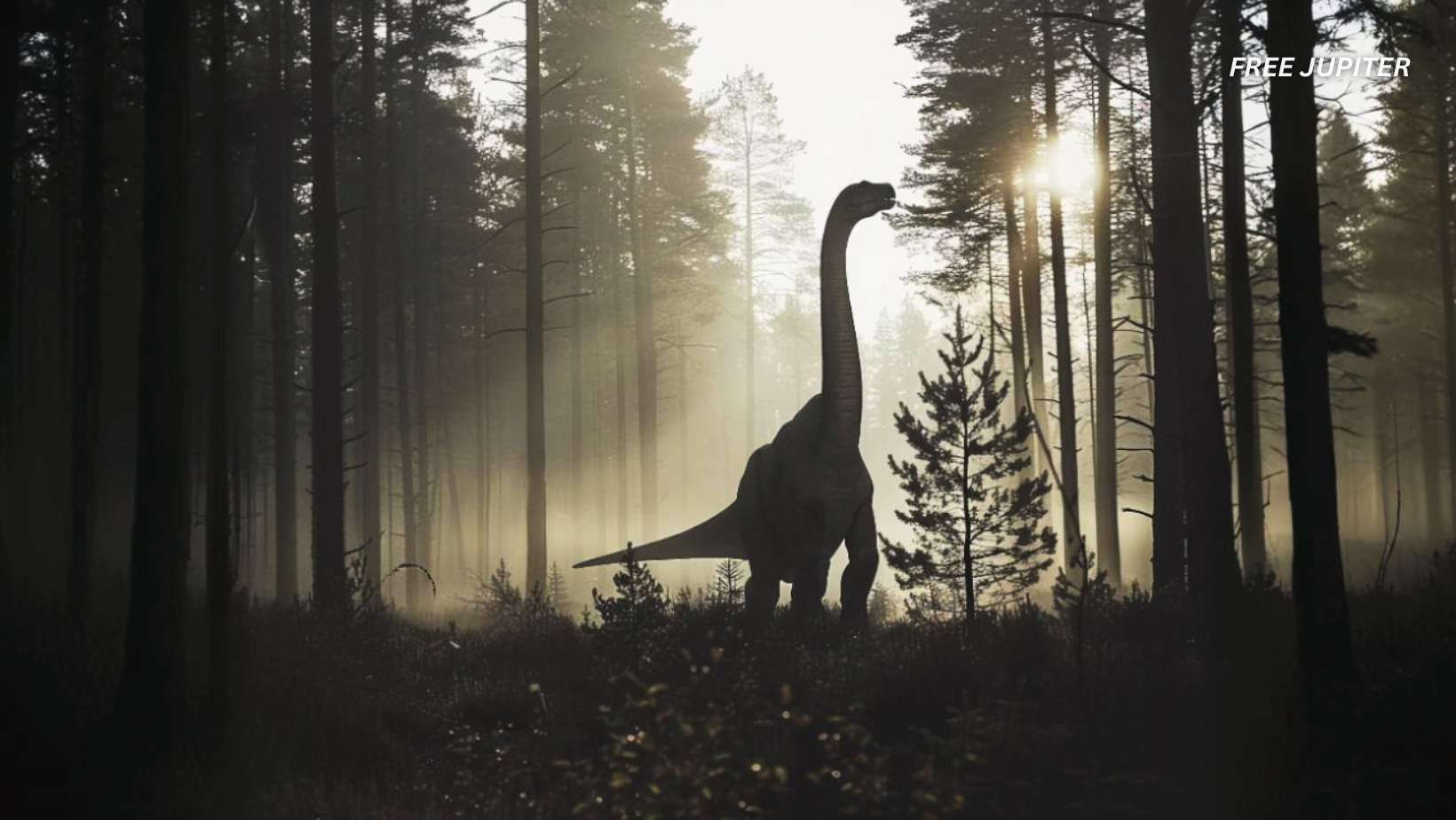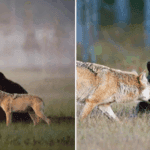A groundbreaking scientific journey spanning over a decade has unveiled a surprising connection between the prehistoric past and modern medicine. Researchers from Anglia Ruskin University and Imperial College London have discovered preserved structures within dinosaur fossils that resemble red blood cells, a finding that could transform our understanding of cancer’s origins and evolution, potentially guiding future therapies for humans.
The Spark of Curiosity: Dinosaur Tumors and Human Cancer
The inspiration for this ambitious study emerged in 2016 when oncologist Professor Justin Stebbing came across a report about a dinosaur fossil from Romania exhibiting a tumor in its jaw. This fossil belonged to Telmatosaurus transsylvanicus, a duck-billed herbivore that inhabited the Hateg Basin region around 66 to 70 million years ago.
The tumor identified was an ameloblastoma, a benign growth of the jawbone also found in humans. This remarkable parallel between ancient and current diseases sparked the idea that studying such prehistoric tumors could illuminate the molecular underpinnings of cancer, offering insights that span millions of years.
Assembling the Team and Gathering the Fossil
From 2017 onwards, a diverse team of scientists specializing in human cancer and paleontology was formed. Alongside Professor Stebbing and Dr. Biancastella Cereser, a cancer specialist from Imperial College, Professor Pramodh Chandrasinghe from the University of Kelaniya in Sri Lanka joined the collaboration.
The team contacted the Romanian community that held the fossil, which welcomed the opportunity to contribute to this novel research. The specimen was carefully transported to the UK, where researchers employed a precision drilling technique to extract minute samples from the fossilized jawbone.
Advanced Imaging Reveals Ancient Blood Cell Analogues
Using Scanning Electron Microscopy (SEM), a method that provides highly detailed images at the microscopic level, the team identified low-density structures within the fossilized bone that closely resemble erythrocytes, or red blood cells. This discovery challenges previous assumptions that soft tissues rarely survive fossilization and opens the door to studying preserved cellular components in ancient remains.
Professor Stebbing explained that while fossils have traditionally been valued for their hard parts like bones and shells, the ability to detect soft tissues such as blood cells and even cancerous tissue marks a significant advancement. This suggests that the biological “flesh” of diseases like cancer can be examined not only in modern organisms but also in creatures from tens of millions of years ago.
The Promise of Paleoproteomics: Molecular Clues from the Distant Past
The study utilized cutting-edge paleoproteomic techniques, which analyze preserved proteins in ancient specimens. These methods, including mass spectrometry and advanced microscopy, allow scientists to detect molecular markers and proteins that have withstood the test of time. For example, fragments of collagen and keratin, key structural proteins, have been identified in fossilized bones, while amino acid residues linked to collagen preservation have also been detected.
Such molecular evidence is invaluable for understanding how diseases like cancer have evolved. By comparing ancient tumors with those found in humans today, researchers can explore the evolutionary trade-offs between growth, reproduction, and cancer suppression. This approach integrates life-history theory with paleopathology, revealing how environmental pressures and biological mechanisms shaped cancer susceptibility over millions of years.
Cancer’s Deep Roots: Evidence from Multiple Dinosaur Species
This discovery adds to a growing body of evidence that cancer is not a modern affliction but has deep evolutionary origins. For instance, research on a Centrosaurus apertus fossil dated over 75 million years ago identified osteosarcoma—a malignant bone tumor—using radiologic and histopathologic techniques traditionally applied in human medicine. The tumor’s characteristics closely matched those of human osteosarcoma, underscoring cancer’s ancient presence.
Similarly, the Telmatosaurus transsylvanicus fossil’s ameloblastoma highlights benign tumors’ existence in prehistoric times. These findings collectively suggest that cancer has been part of vertebrate life for tens of millions of years, influenced by evolutionary and environmental factors.
Beyond Jurassic Park: What Dinosaur Proteins Can and Cannot Do
While the discovery of preserved proteins and cellular structures in dinosaur fossils is exciting, it does not imply that dinosaur DNA can be recovered or that cloning extinct species is feasible. DNA degrades over millions of years due to environmental exposure and chemical breakdown, making it impossible to retrieve intact genetic material for resurrection.
Instead, the focus is on proteins and other molecular remnants that survive fossilization. These molecules offer a window into the biology and diseases of ancient creatures without the ethical and technical challenges of cloning. As Professor Stebbing noted, understanding these molecular building blocks from an ancient perspective is like assembling a jigsaw puzzle that could ultimately improve cancer treatments today.
The Importance of Preserving Fossilized Soft Tissue
The researchers emphasize the need to prioritize the collection and conservation of fossilized soft tissues, not just skeletons. As molecular techniques continue to advance, these preserved tissues will become invaluable resources for studying disease evolution and biology.
Future developments in paleoproteomics and imaging technologies promise to deepen our understanding of how cancer and other diseases have shaped life’s history. This long-term vision calls for sustained efforts in fossil preservation to enable breakthroughs that bridge paleontology and medicine.
Read more: Cardiologist Says That Adding 1 Exercise To His Routine Made Him Fitter Than Ever At 70
Implications for Modern Medicine and Cancer Treatment
Studying cancer in dinosaurs and other prehistoric species offers a unique perspective on the disease’s fundamental nature. By tracing cancer’s molecular origins and evolutionary adaptations, scientists hope to identify novel mechanisms of tumor resistance and suppression.
This knowledge could inform the development of innovative therapies and preventive measures tailored to the complex biology of cancer. Moreover, understanding how environmental factors influenced cancer millions of years ago may shed light on modern risk factors and guide public health strategies.
A New Frontier: Interdisciplinary Research Connecting Past and Present
This pioneering research exemplifies the power of interdisciplinary collaboration, combining expertise from oncology, paleontology, molecular biology, and advanced imaging. The integration of these fields is unlocking secrets buried deep in the fossil record, transforming ancient bones into sources of cutting-edge medical knowledge.
As techniques improve and more fossils with preserved soft tissues are discovered, the potential for new discoveries grows. The study of cancer in dinosaurs is not merely a curiosity but a promising frontier that could reshape how we understand and combat one of humanity’s most challenging diseases.










